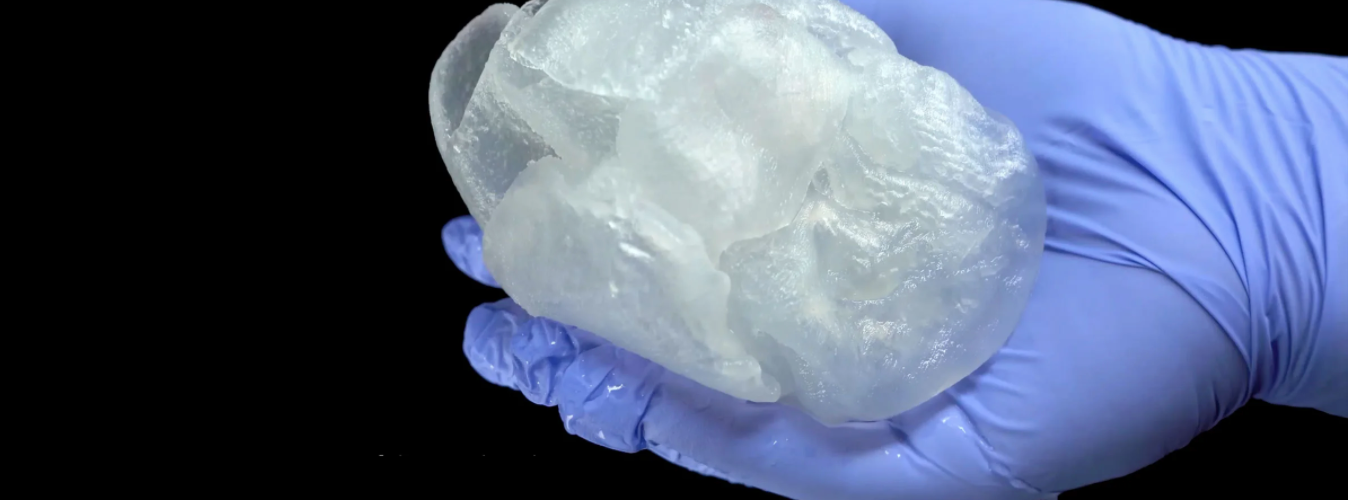This Squishy 3D-Printed Human Heart Feels Like the Real Thing
研究人员让3D打印的血肉成为现实迈出了一大步。最近,一个研究小组在《ACS生物材料科学与工程》杂志上发表文章,描述了他们如何将一台低成本的3D打印机改造成一台能够将人体心脏的MRI扫描变成一个可变形的全尺寸模拟物的打印机。挤压它时,它会像真的心脏一样发生形变。把它切开后,还能看到心房的结构。这一进展可能最终成为功能全面的3D打印心脏,并为医疗设备开发商提供一个前所未有的测试其产品的平台。
Researchers just made a scientific leap toward making 3D-printed flesh and blood a reality. Writing recently in the journal ACS Biomaterials Science & Engineering, a team described how they repurposed a low-cost 3D printer into one capable of turning an MRI scan of a human heart into a deformable full-size analog you can actually hold in your hand. Squeeze it, and it’ll give like the real thing. Slice it open, and you’ll find chambers. The advance might eventually lead to fully-functioning 3D-printed hearts, and give medical device developers an unprecedented platform for testing their wares.
研究人员称他们的技术为悬浮水凝胶自由可逆包埋(FRESH)。他们首先扫描真实的心脏,然后将数据转换成3D打印机可以读取的内容。该设备的工作原理是将下一层的材料沉积在上一层上,所以它们通过切片程序运行3D图像。卡内基梅隆大学的生物医学工程师亚当·范伯格(Adam Feinberg)与人合著了这篇新论文,他说:“扫描结果基本上定义了每层材料被挤压的路径,然后传入打印机指导打印。”。
The researchers call their technique the Freeform Reversible Embedding of Suspended Hydrogels, or FRESH. They begin with a scan of a real heart and translate the data into something a 3D printer can read. Because the device works by depositing layers of material one on top of another, they run the 3D image through a slicer program. “For every layer, it basically defines the path that the material is going to be extruded, and then feeds that to the printer,” says Adam Feinberg, a biomedical engineer at Carnegie Mellon University who coauthored the new paper.
原文来自Wired
翻译:STARSET_Mirror翻译组
审校:STARSET_Mirror翻译组











